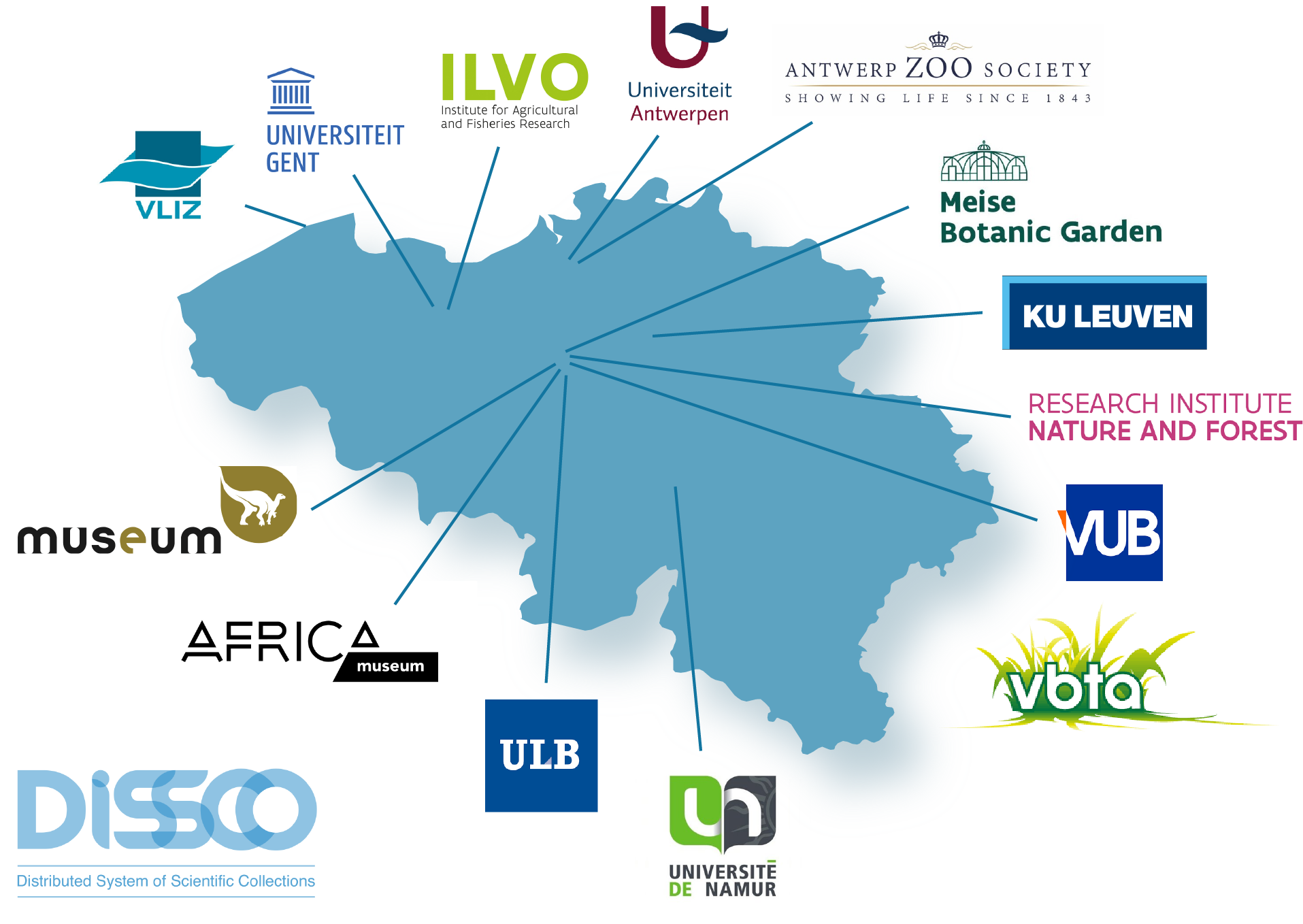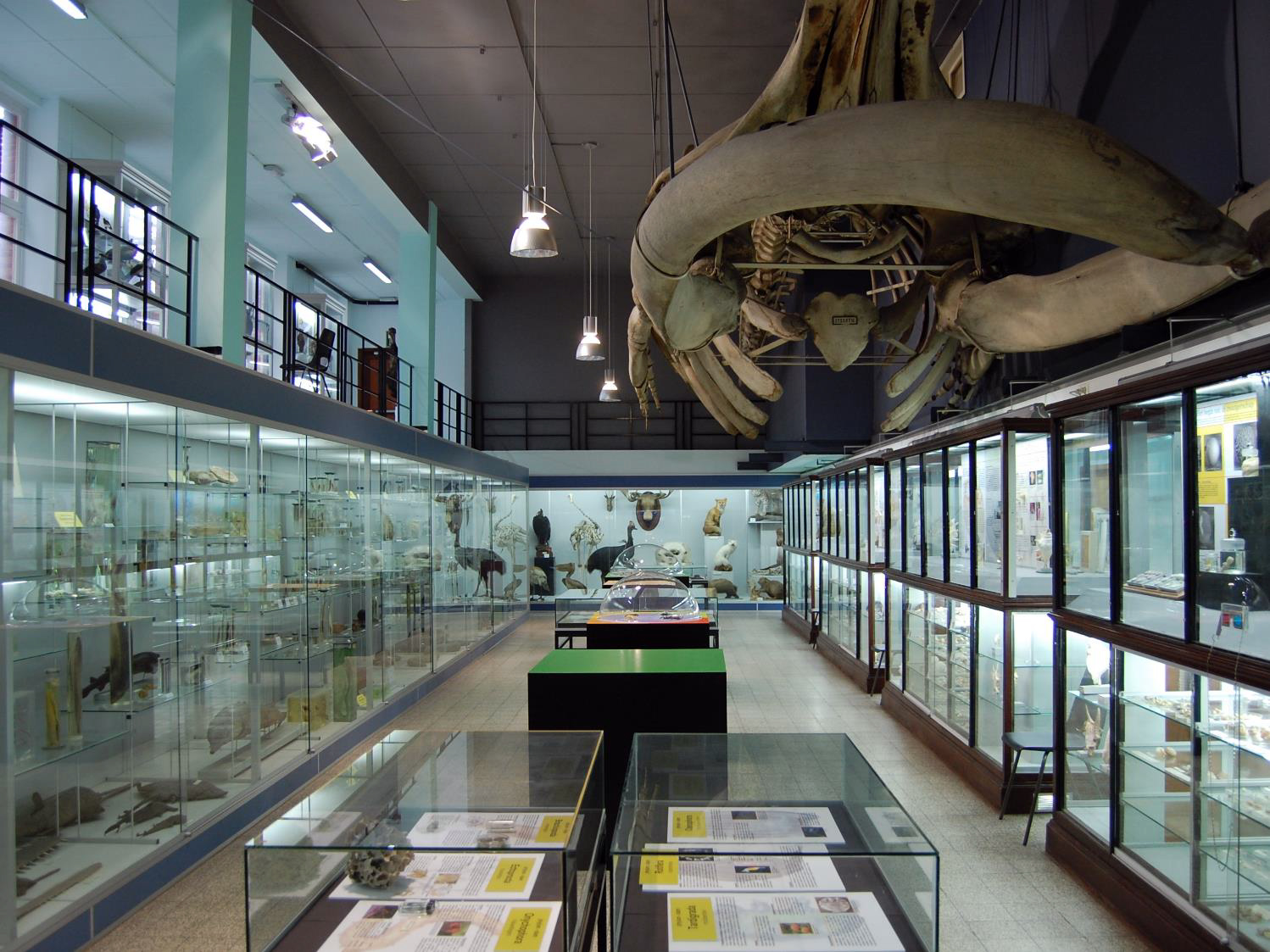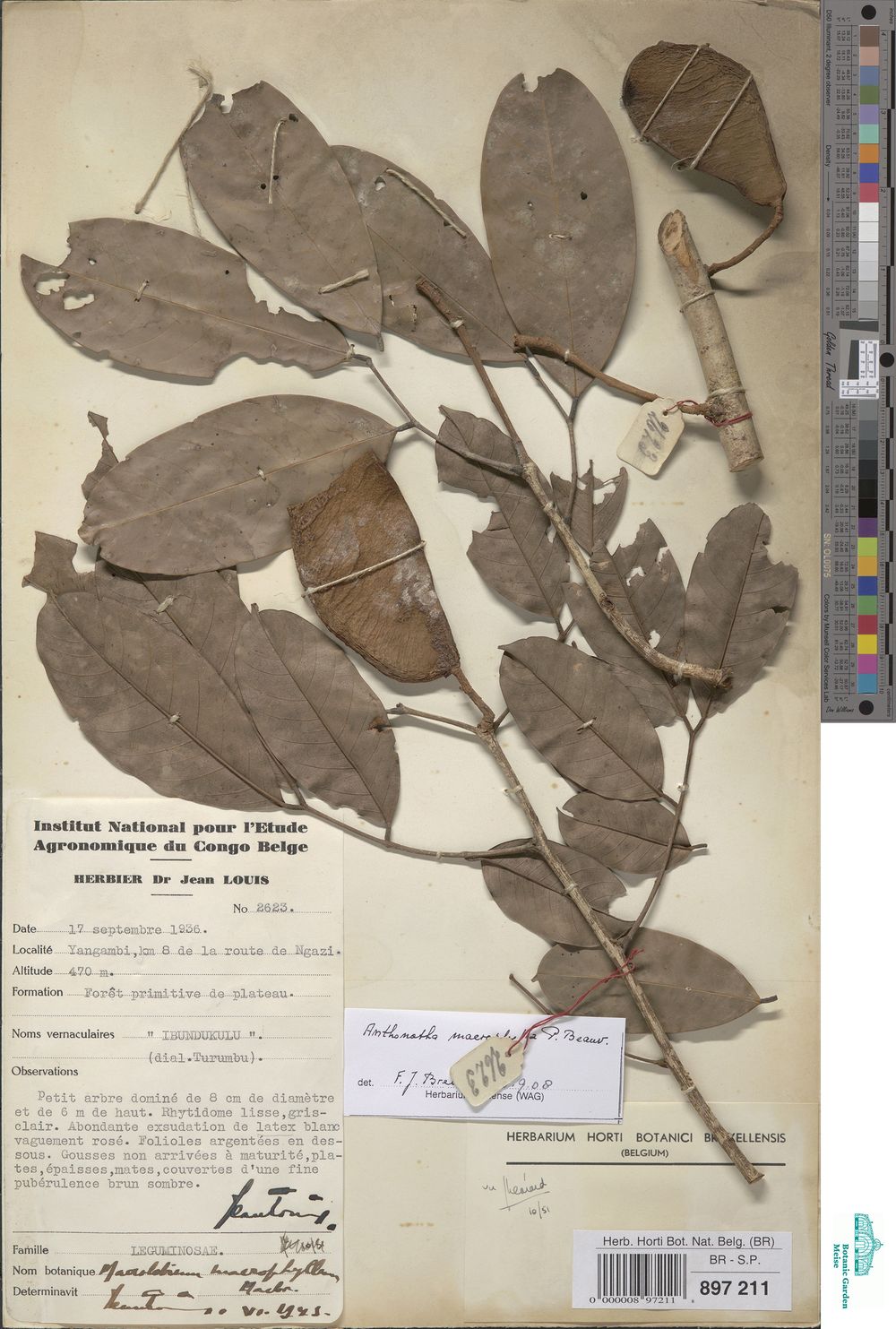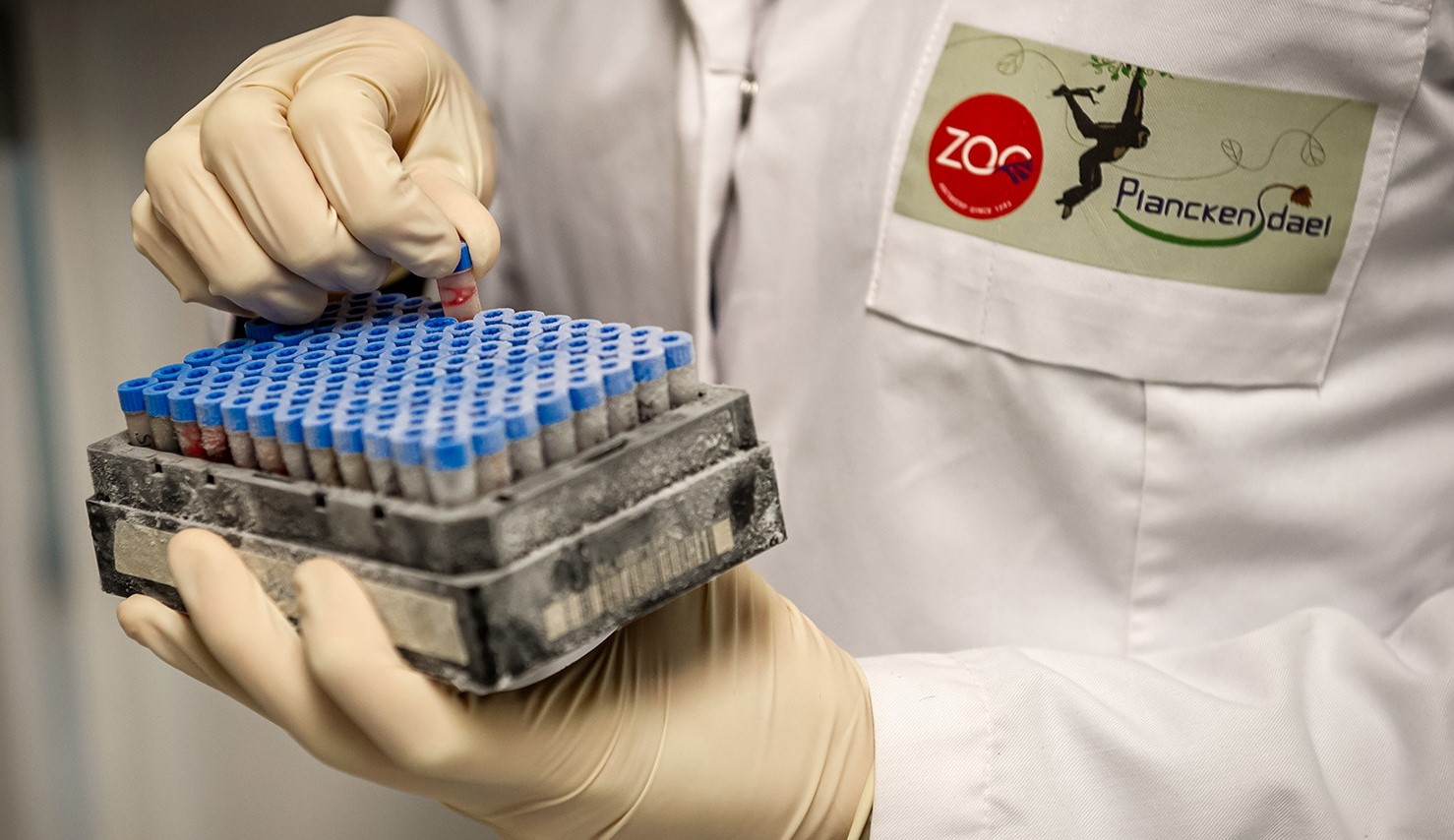[Science news] - Launch of the Flemish implementation of the Distributed System of Scientific Collections
Natural science collections, such as the dried plants in our herbarium, are an archive from centuries of global exploration. They enable researchers to track geographic and temporal changes in species and communities, and to correlate those patterns with environmental changes. Collections also support other research fields including food security, health, and the bio-economy.
Knowledge derived from collections has made important contributions to life and earth sciences, but collections are still underused. Millions of specimens, in hundreds of institutions worldwide, are inaccessible as they have not been inventoried, or data are stored in many separate databases.
The European Research Infrastructure DiSSCo (Distributed System of Scientific Collections) aims to digitally unify all European natural history assets, to ensure that collection data are easily findable, accessible, interoperable and reusable (FAIR). This will transform a fragmented landscape of collections into an integrated knowledge base, enabling researchers to use and interconnect different collections.
DiSSCo-Flanders is the initiative’s Flemish consortium. This four-year project, funded by the FWO (Research Foundation – Flanders), started in January 2021. Meise Botanic Garden will coordinate the ten Flemish institutions, plus non-funded Belgian associates, to improve the international visibility of Flemish collections. We will develop a standardised scientific collections management infrastructure, ensuring proper long-term conservation, and future re-usage of the collections. Flanders aims to become a centre of excellence for collection-based data science.
 Legend : Partners and associated partners of the DiSSCo Flanders project
Legend : Partners and associated partners of the DiSSCo Flanders project
 |
Legend: These eye catching specimens are on display in the Zoological Museum of the KU Leuven. Natural science collections are valuable for the items themselves, their associated information (e.g. a label with date and location), and even integral information, such as their chemical components. To optimise usefulness, collection data needs to be accessible by all scientists. Credit: Luc Brendonck |
 |
Legend: It is impossible to know the future value of biological collections. When Jean Louis collected this specimen of Anthonotha macrophylla in 1936 he had no idea that years later scientists would be able to analyse the elements and isotopic composition to help reveal how forest ecosystems have responded to climate change (Bauters et al. 2020, https://doi.org/10.1111/gcb.15145). Best-practice conservation techniques and data sharing mean that scientists now and in the future can use collections to keep learning about our world. Credit: http://www.botanicalcollections.be/specimen/BR0000008972118 CC-BY-SA
|
 |
Legend: ZOO Antwerp, one of DiSSCo Flanders’ partners, is coordinating the development of a centralised Biobank of European zoos under the flag of the European Association of Zoos and Aquaria (EAZA). This collection of biological samples, stored in special super-freezers, enable genetics and other scientific research that contributes to the conservation of animal biodiversity. Credit: Royal Zoological Society of Antwerp (www.zooscience.be). |



